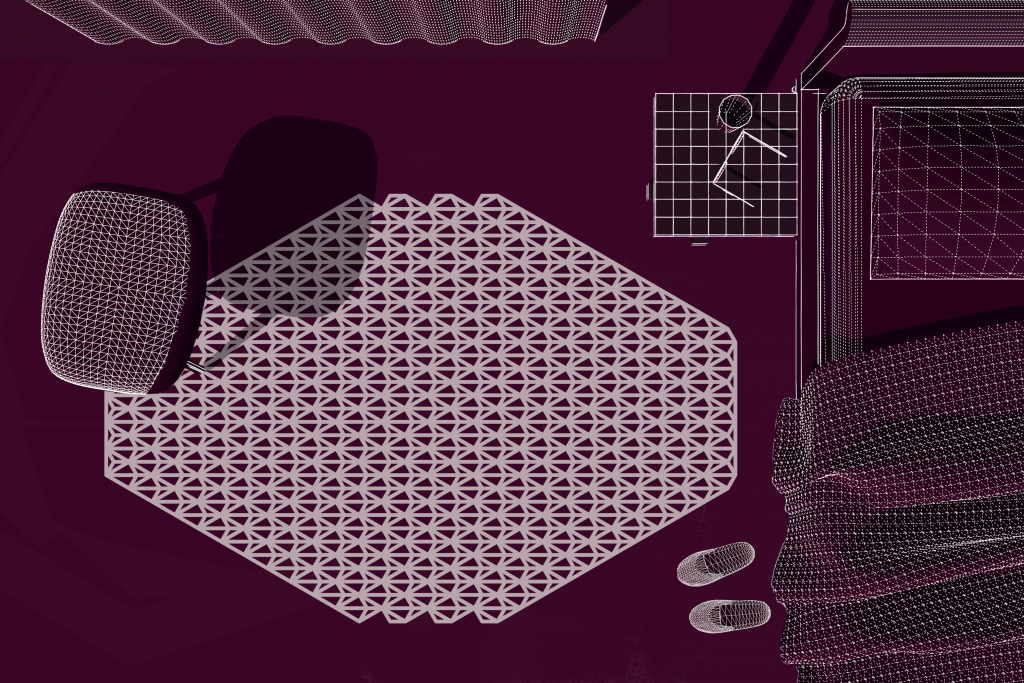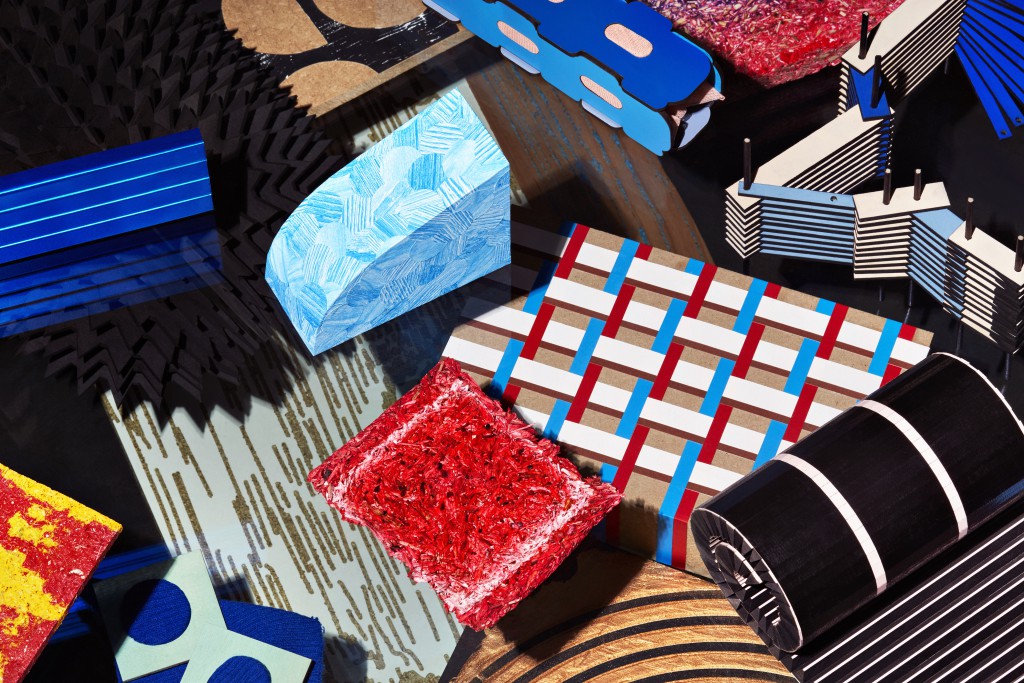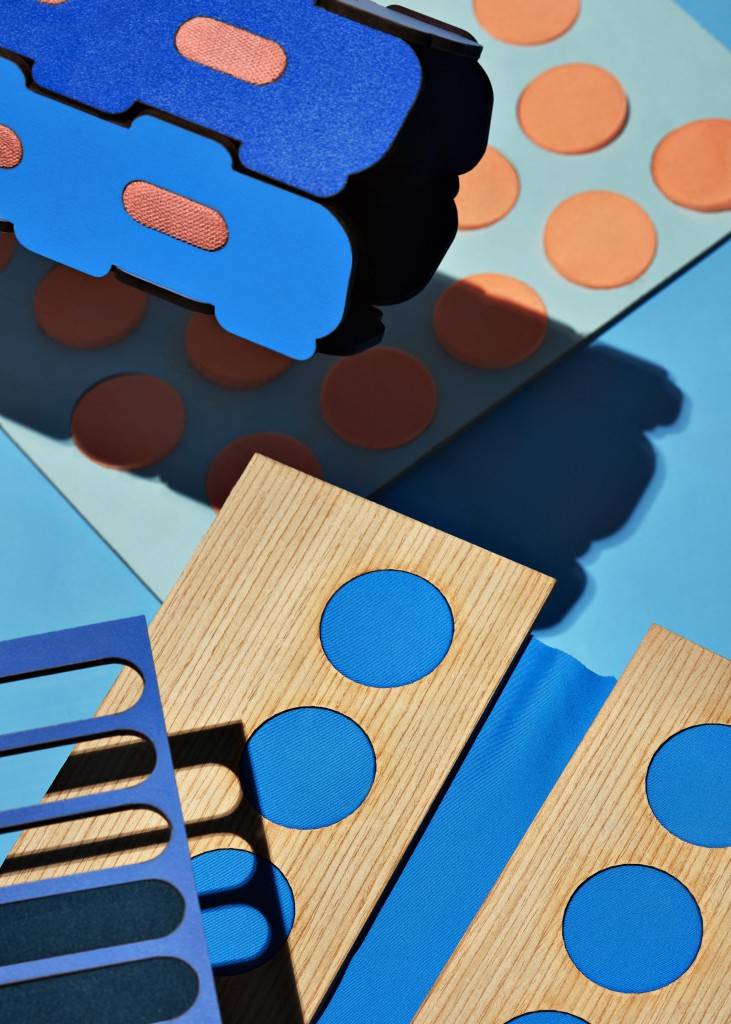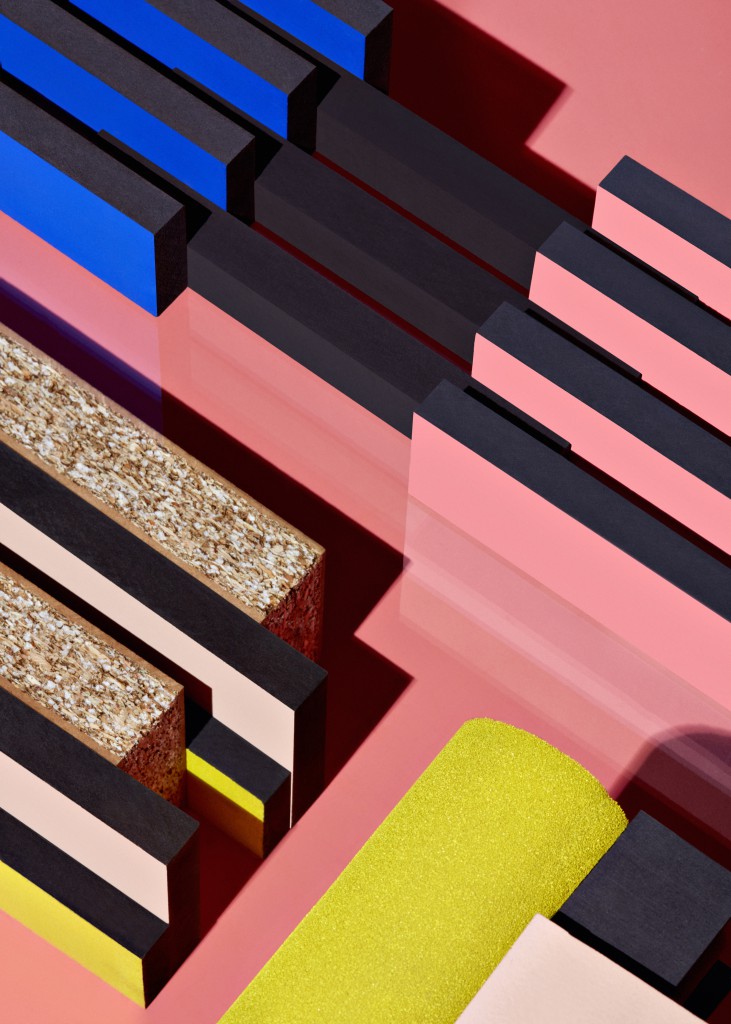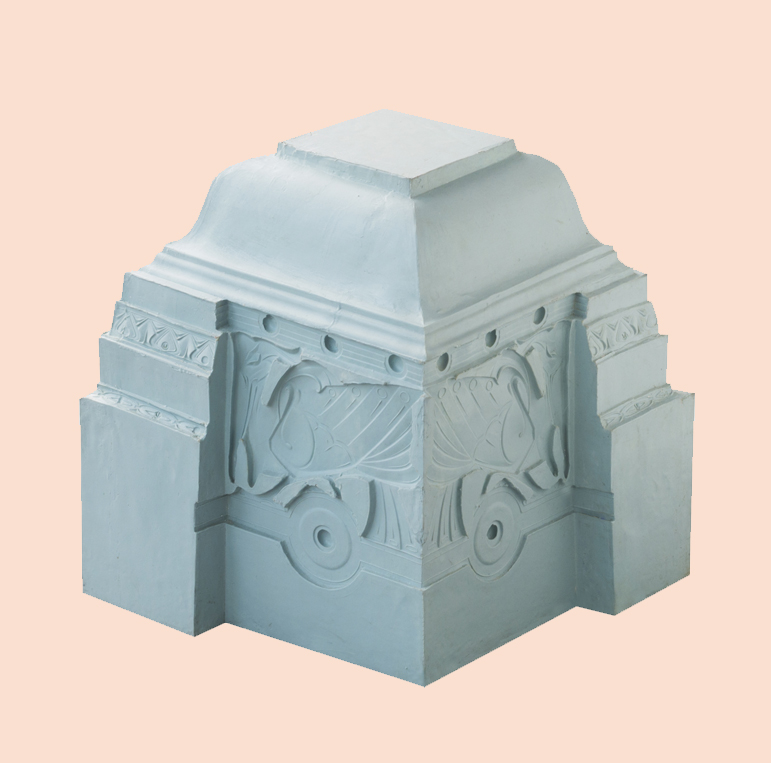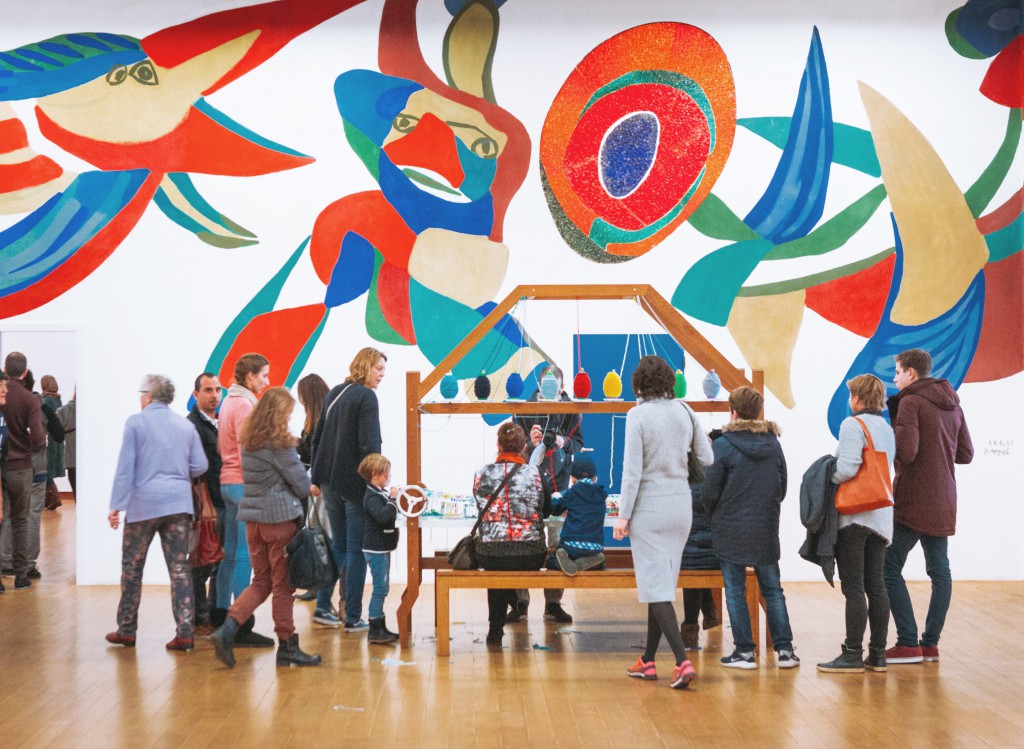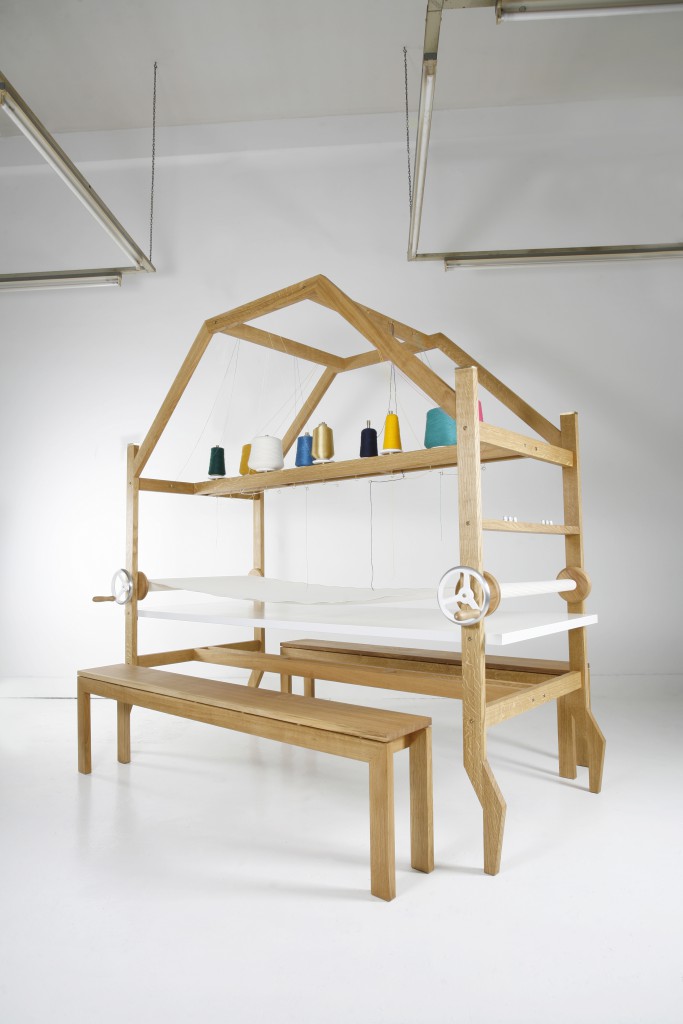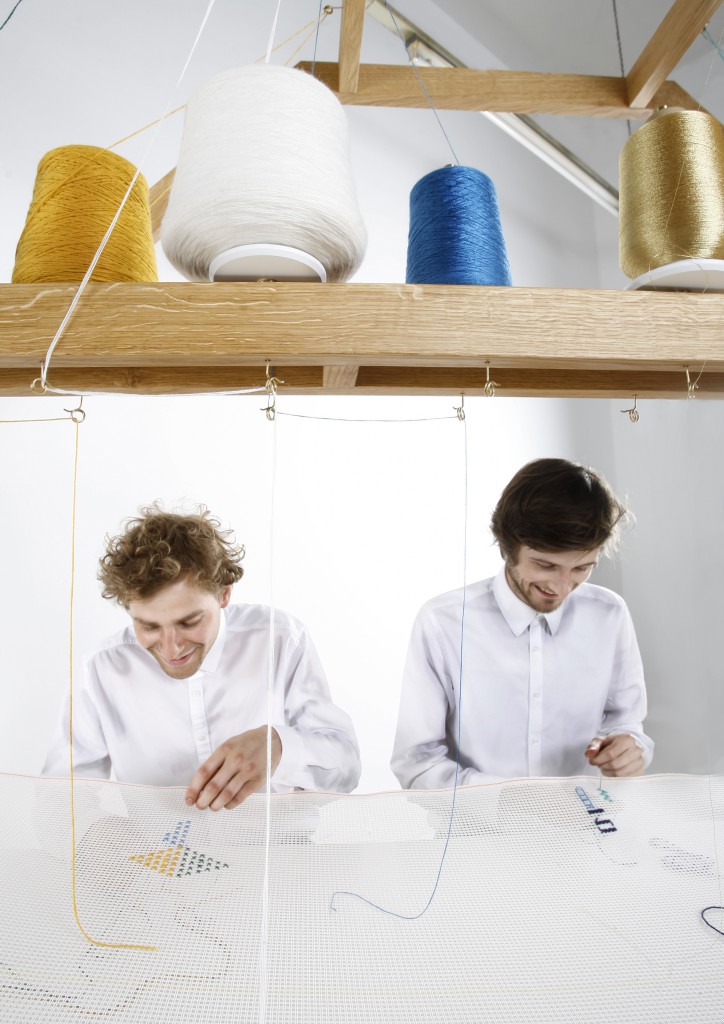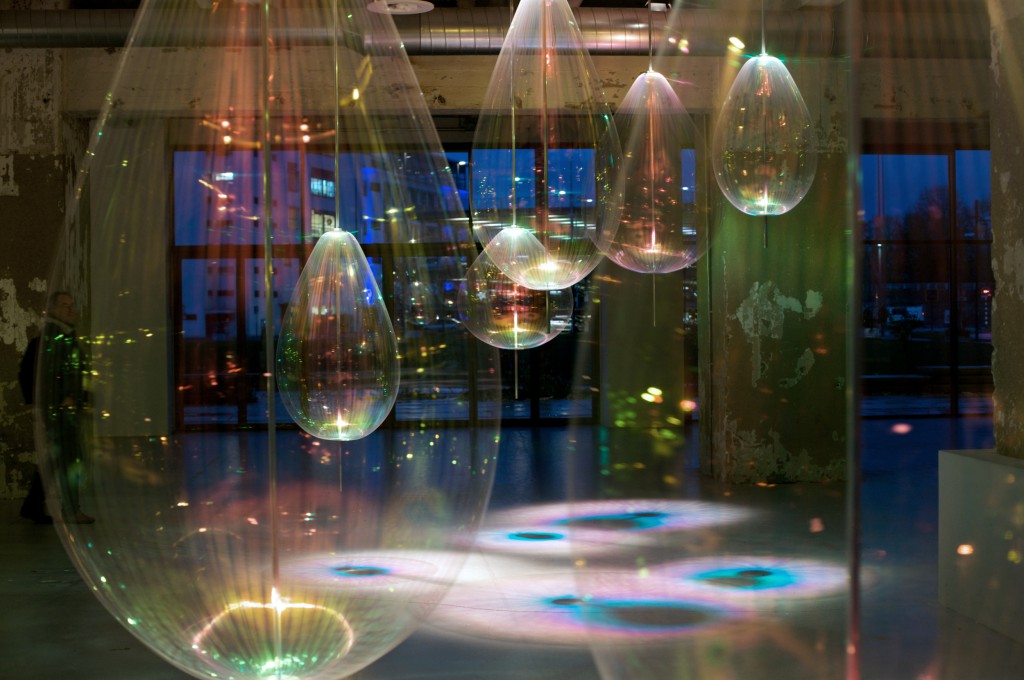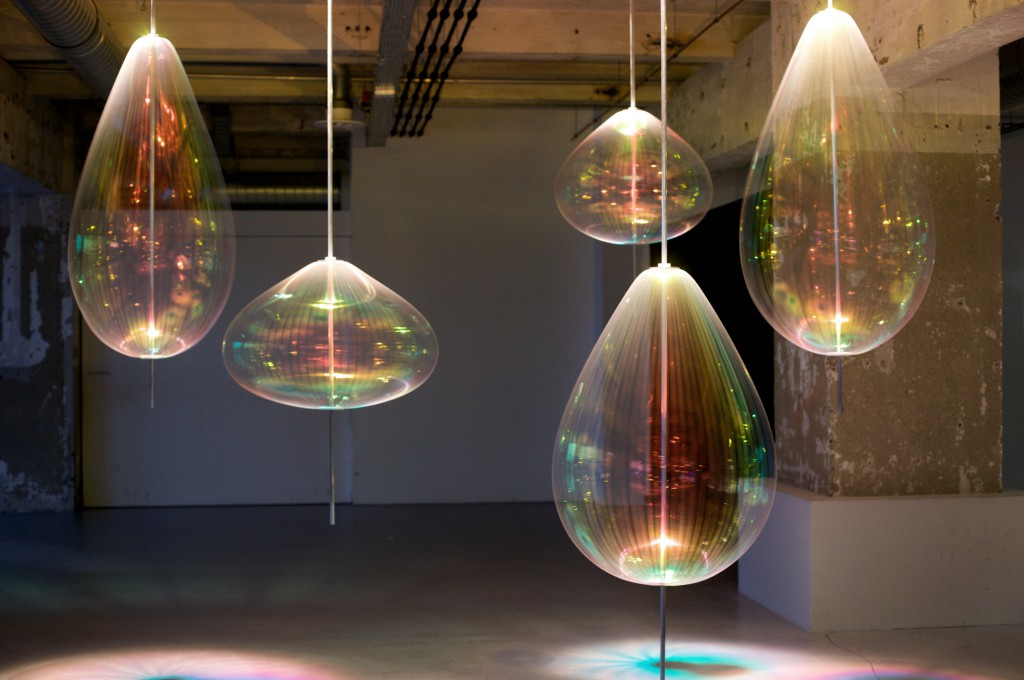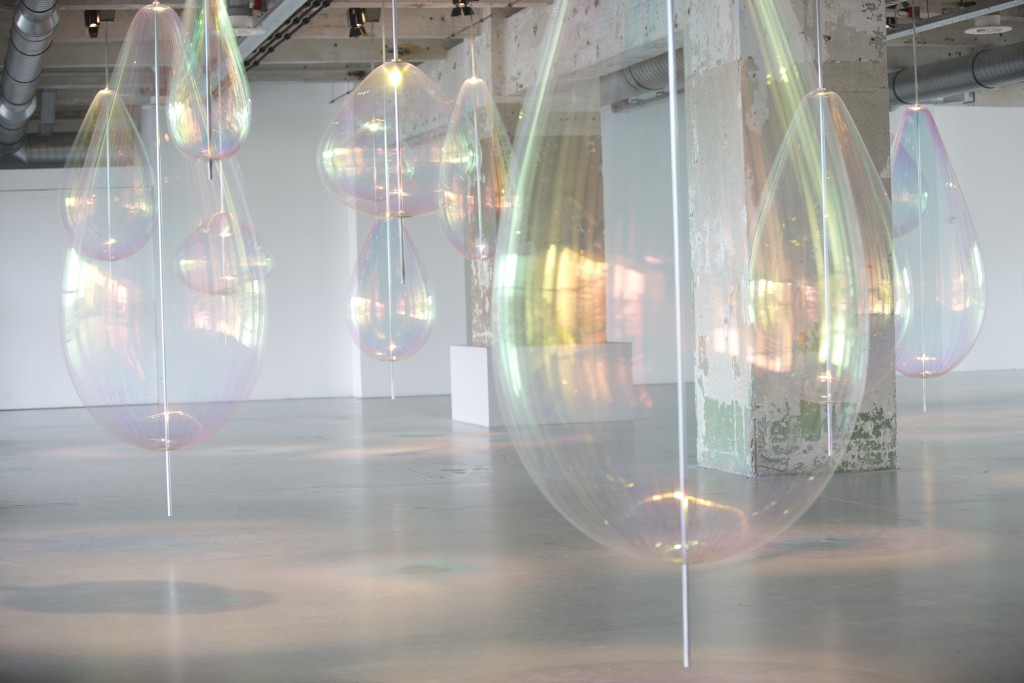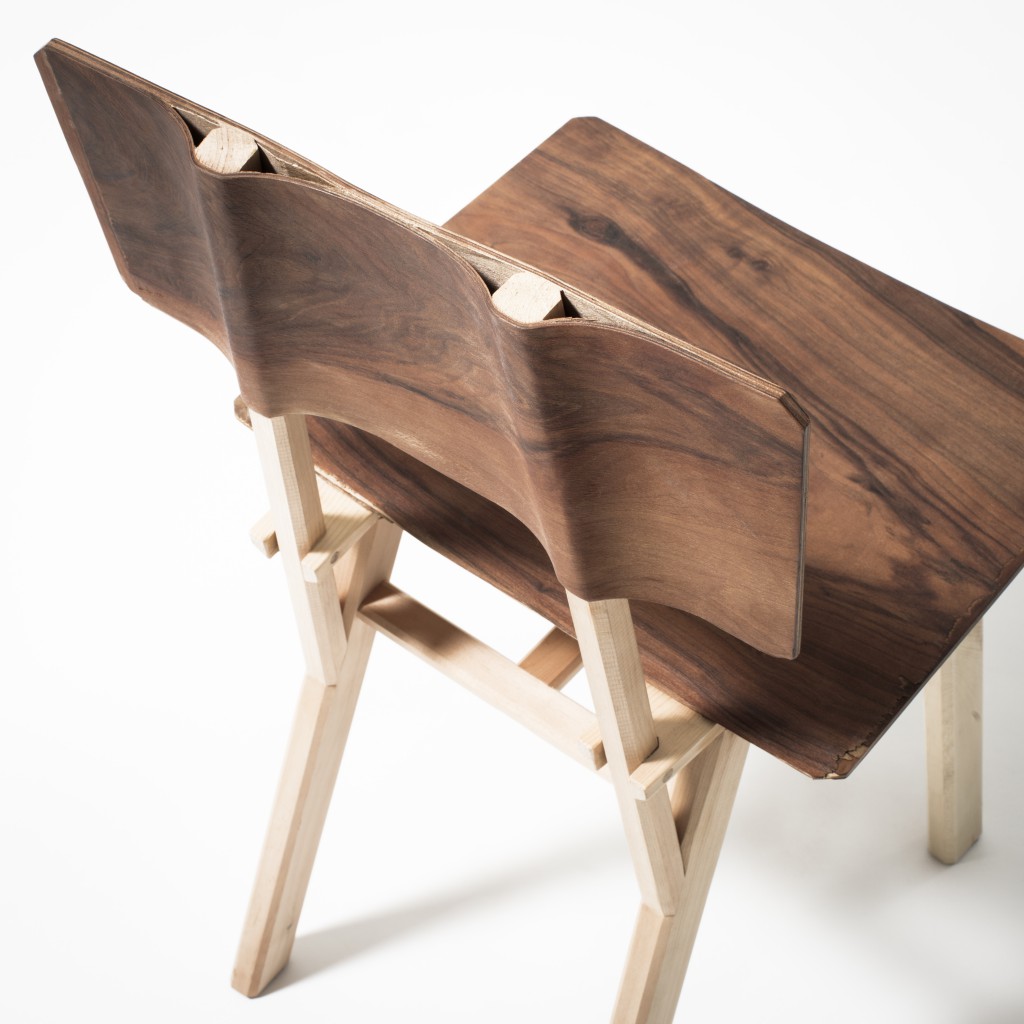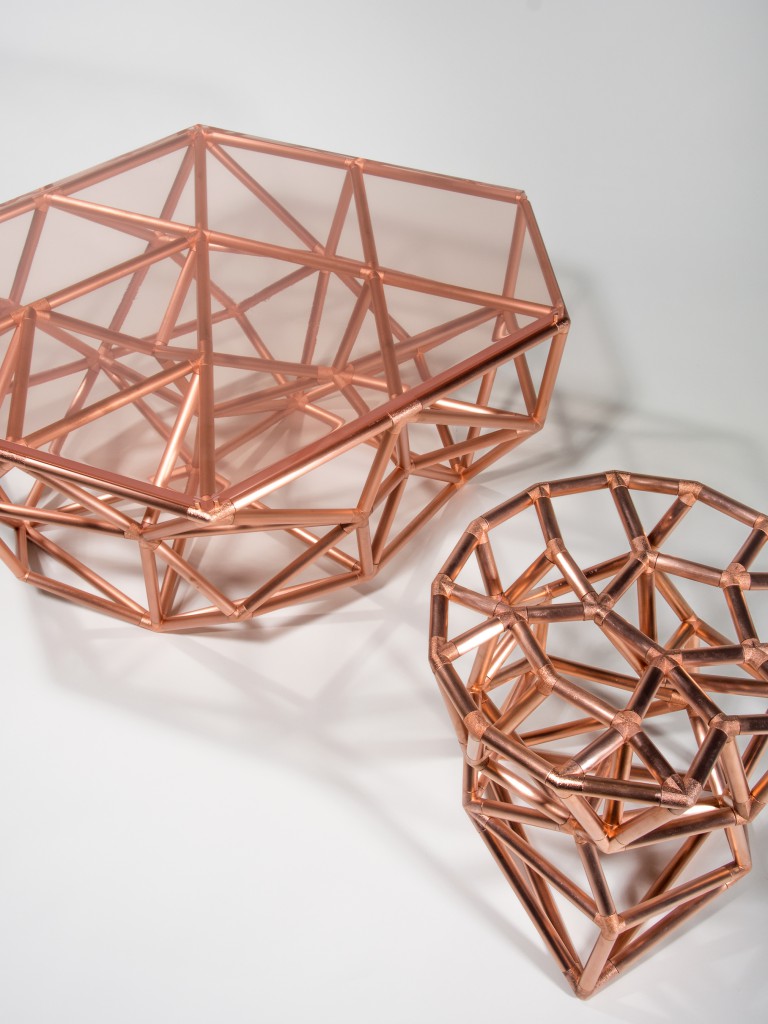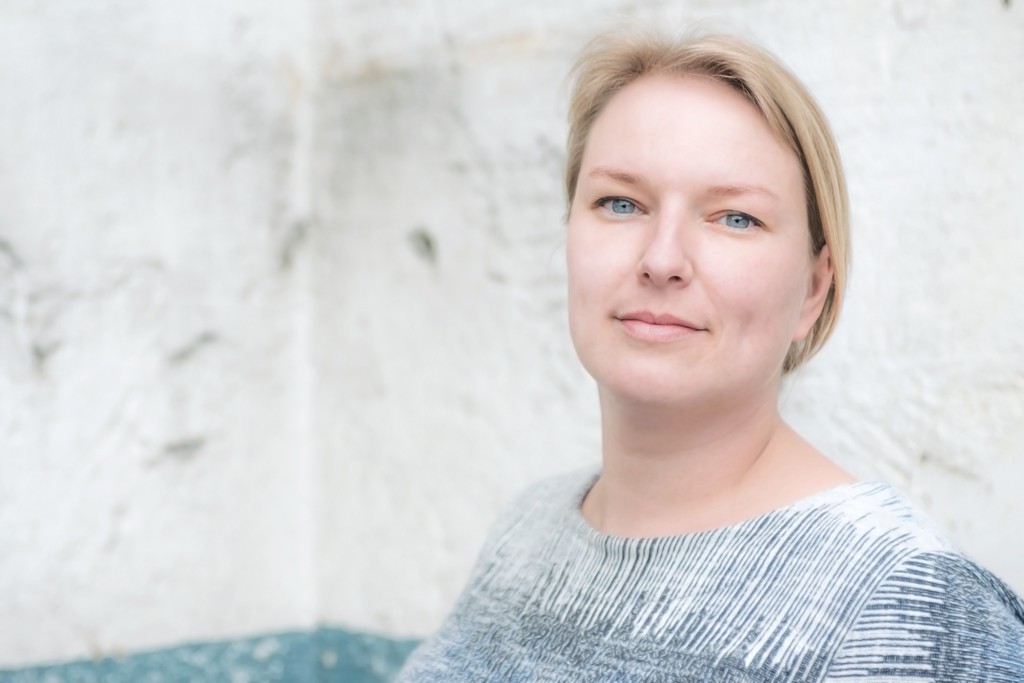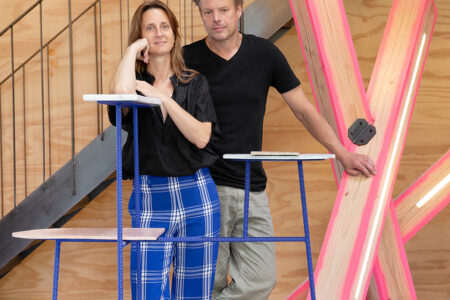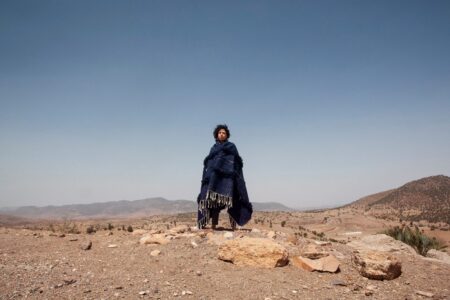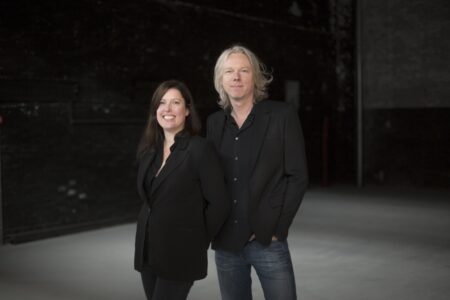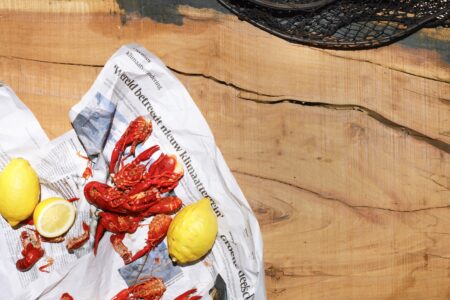
Margriet Vollenberg: Ventura New York
Ahead of opening Ventura New York: The Dutch Edition this week (20-23 May), Organisation in Design founder Margriet Vollenberg speaks to TL mag about the new venture, now in its second year.
At the helm of Utrecht-based Organisation in Design, Margriet Vollenberg has been the guiding force behind Ventura Lambrate. Since its inception in 2010, the neighborhood-wide event has transformed a sleepy pocket in northeast Milan into a thriving design district. Hosting a growing number of innovative schools, emerging brands, cultural platforms and young talents, this flagship festival has developed into a key Milan Design Week attraction far from the trade fair floor. In 2016, Organisation in Design launched Ventura New York as a new platform for Dutch design in the United States. TLmag spoke to Vollenberg about the new annual showcase (held this year at the Wanted Design Fair from 20 to 23 May).
TLmag: What was your goal in setting up Ventura New York?
Margriet Vollenberg: The story starts in the early 2000s, when I first worked in New York. At that time, venues like the now-defunct Moss Gallery provided full exposure for Dutch design. Then the financial crisis hit in 2008 and things changed. Three years ago, I spoke to the Dutch consul in New York, who is quite active in the creative realm through the Dutch Culture USA platform. He told me that it was time to bring Dutch design back to New York. With the consulate’s support and my previous experience, we decided to launch Ventura New York at the Wanted Design Fair (NYCxDesign).
TLmag: Describe the vision behind the first edition, held last year.
M.V.: Our idea was to show how Dutch design has evolved. I wanted to ensure a level of quality and professionalism by scouting out talents from Ventura Lambrate and other exhibitions in Milan. The exhibiting practices needed to know how to perform at an international fair. For the first edition, I worked with three themes that are characteristically Dutch: cultural inheritance, design process as a final product and the unconventional use of novel technologies.
TLmag: What will be the focus of this year’s edition?
M.V.: As a curator, I work intuitively. In deciding what was important to show this year, I discovered that a lot of designers are exploring human-centric issues. At the same time, I’ve noticed that many are also returning to color. Perhaps it has to do with larger issues in the world at the moment. Artists are generally the first to respond to these changes. The use of specific production techniques and new materials also remains important this year.
We will exhibit the work of 15 talented artists. One highlight is Aliki van der Kruijs’s Made by Rain. In the project, textiles were left outside and shaped by natural forces, resulting in visual patterns that poetically and viscerally communicate man’s place between the plastic world and nature. Crossover Collective by Floor Nijdeken explores how we might be able to maintain or revive the communication rituals that previous generations used. He has developed a social machine that allows a group of people to embroider fabrics together. After having a successful run at the first edition of Ventura New York last year, the Envision collective will present the next step of their material experimentation and reveal a series of products. Jeroen Wand will showcase furniture produced using a bespoke technique that combines leftover laminate scraps in a new pressed composite. The material contrasts an elegant visual vocabulary with rough edges.
TLmag: In your mind, how has Dutch design matured in the last few decades?
M.V.: Looking back to the early 1990s, when Dutch design became an internationally recognised brand with platforms like Droog, we can now say that it could be gimmicky or aggressive at times. Today, Dutch designers are more interested in presenting ideas—suggestions for solving major issues—rather than just final products. They develop their own tools to help communicate these concepts. Design in this country has become serious while still maintaining the expression, experimentation and directness associated with the Dutch approach.
Ventura New York
Wanted Design Manhattan
Tunnel: 220 12th Avenue, New York.
20 to 23 May
